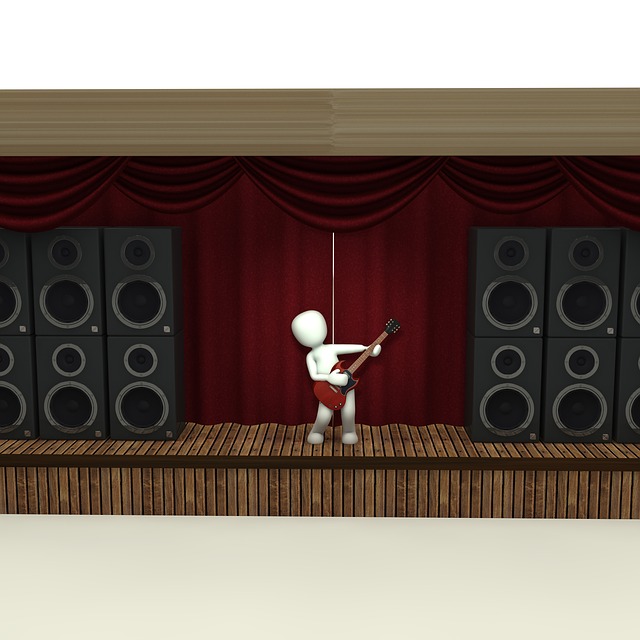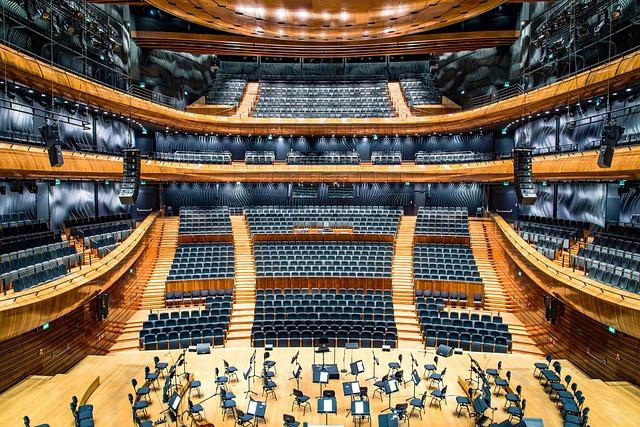In competitive real estate markets, revealing hidden gems within properties is a powerful strategy. By showcasing unseen features like storage spaces, natural light, or modern kitchens, agents create captivating experiences for buyers. Storytelling and immersive digital tools, such as virtual tours with 360-degree views and augmented reality, further enhance understanding and emotional connection, setting properties apart for faster sales and happier customers.
In the competitive real estate market, showcasing a property’s best features is an art. This article explores creative strategies to transform ordinary homes into captivating spaces that tell a story. We’ll delve into “Unlocking Hidden Gems,” where we reveal how to highlight unique aspects, and “The Art of Storytelling,” sharing tips to craft narratives that resonate with buyers. Furthermore, we’ll explore immersive experiences, providing insights for real estate professionals to go beyond typical tours and create memorable, engaging environments.
Unlocking Hidden Gems: A Creative Approach to Feature Highlighting

In the realm of real estate, showcasing a property’s potential is an art form. Unlocking hidden gems within a home allows agents and prospective buyers to see beyond the surface. It involves a creative approach to highlight the best features that may be overlooked or underappreciated by casual viewers. By presenting these hidden treasures, you transform a simple showing into an engaging experience, captivating the imagination of potential buyers.
This strategy can range from revealing a cleverly designed storage space behind a bookcase to showcasing a stunning architectural detail hidden within a spacious closet. It might involve drawing attention to a unique window that bathes a room in natural light or highlighting a newly renovated kitchen with top-of-the-line appliances. Each hidden gem tells a story, adding depth and allure to the property, making it stand out in a competitive market.
The Art of Storytelling: Weaving a Narrative Around the Home

In the realm of real estate, storytelling has become an art that can significantly enhance a property’s appeal. Weaving a narrative around a home allows potential buyers to envision themselves living there, creating an emotional connection from the very first showing. Each room, each feature, becomes a chapter in a story that captivates and inspires. For instance, a spacious kitchen could be the heart of the home, where families gather for meals and memories are made. A beautifully landscaped garden might transform into an outdoor oasis, perfect for hosting friends or simply enjoying quiet moments. By crafting a compelling narrative, real estate agents can showcase not just what the home offers, but also the potential experiences and happiness it can bring to its future owners.
This storytelling approach is particularly powerful during open houses or virtual tours. It invites viewers to imagine their own lives playing out within the four walls, fostering a sense of belonging and desire. The home becomes more than just a collection of rooms; it’s a stage where life unfolds, filled with warmth, laughter, and personal growth. In a competitive real estate market, this creative strategy can set a property apart, leaving a lasting impression on prospective buyers.
Beyond the Basic Tour: Immersive Experiences for Potential Buyers

In today’s digital era, potential buyers often seek more than a basic real estate tour. They crave immersive experiences that allow them to envision themselves living in the space. Going beyond the standard walkthrough, sellers and real estate agents can enhance the home-buying journey by creating opportunities for buyers to truly connect with the property. This might include interactive virtual tours that offer 360-degree views, allowing prospective purchasers to explore each room as if they were there. Additionally, incorporating augmented reality features lets buyers virtually rearrange furniture or visualize design updates in real-time, providing a dynamic and personalized experience.
These immersive techniques not only capture the interest of buyers but also offer them a deeper understanding of the home’s layout and potential. By engaging their senses and imagination, sellers can create a memorable impression, setting their property apart from others on the market. Such innovative approaches in real estate can foster a sense of excitement and involvement, ultimately leading to faster sales and happier customers.






